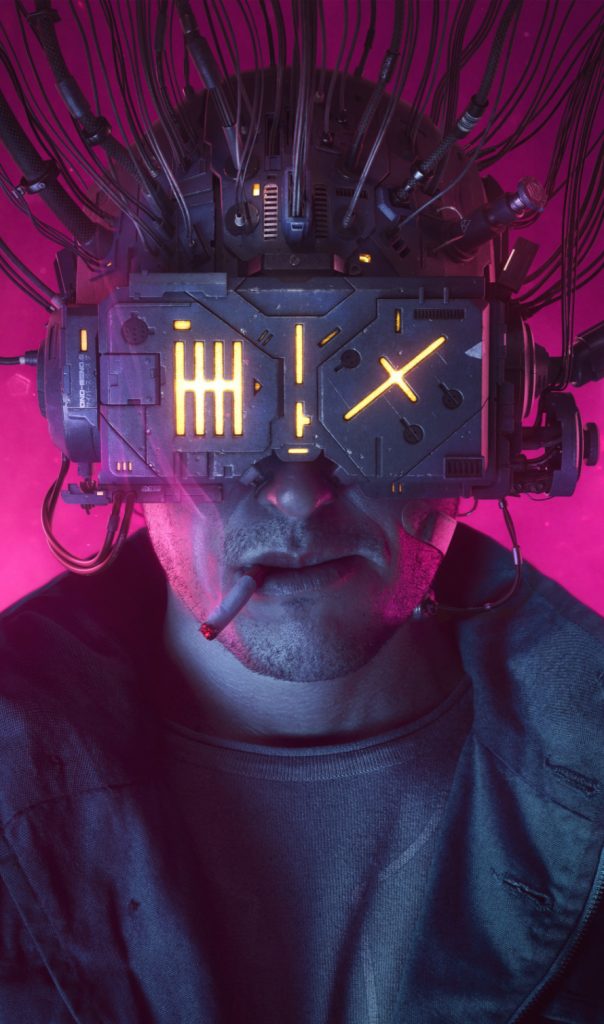In a world where technology constantly pushes the boundaries of human abilities, the question isn’t whether or not we can enhance ourselves but how far we are willing to go. The future of human augmentation is extremely bright if you ask me. Altering yourself using technology or other means is advancing at a rapid pace. Fifty years ago, genetic engineering, virtual reality, and 3D bioprinting were merely things of science fiction. Considering what I’ve learned and contemplated in this class, I believe that human augmentation will evolve significantly in my lifetime to the point where it will become difficult to differentiate between the biological and technological.
I envision human augmentation being particularly beneficial for individuals dealing with health and physical challenges. For example, devices could be developed to improve overall health and alert medical professionals if a serious issue arises. Personally, I would value a device designed to help manage anxiety, especially since it can be debilitating at times. Something wearable that alleviates feelings of inadequacy or discomfort would make a profound difference in my life. Additionally, I would appreciate advanced technologies to address vision and hearing impairments. If something like that became available, I’d be the first to embrace them.
However, I believe clear ethical boundaries must be upheld. Through my research on designer babies, I’ve learned how certain augmentations can cross ethical lines, especially when they promote inequality or create unfair advantages. Any form of augmentation that undermines equality or fairness would be unacceptable in my view. Also, any augmentation that involves an extremely invasive process to be used. Painful surgical implants and things of that nature are absolutely unacceptable to me and aren’t conducive to human progress.
Human augmentation will progress throughout my lifetime and as it does, it will not only alter how we traditionally view humanity and technology, but it will also make us consider our physical and mental limits and how far we can go until technology exceeds those limits. Some augmentations might allow humans to overcome our natural constraints, others risk undermining the fundamental essence of what makes us human. To make sure that these advances won’t do more harm than good, we will need to be extremely careful in remaining ethical and don’t abuse whatever technological innovation we have.

